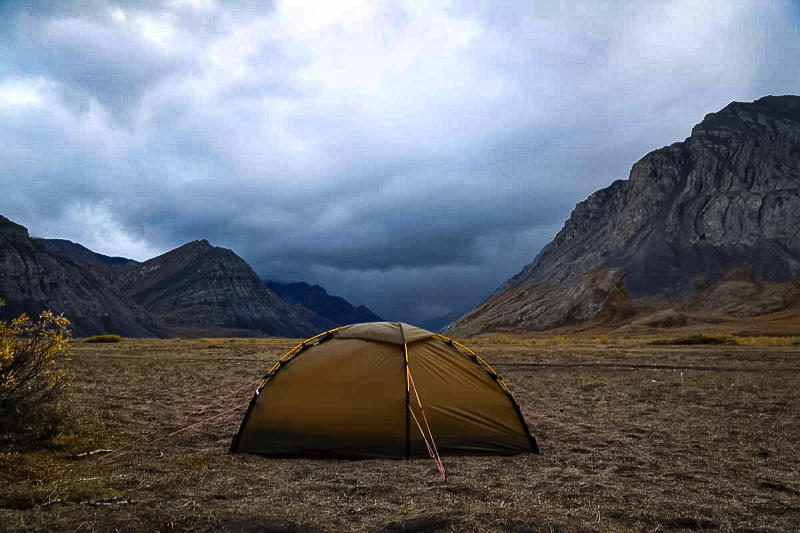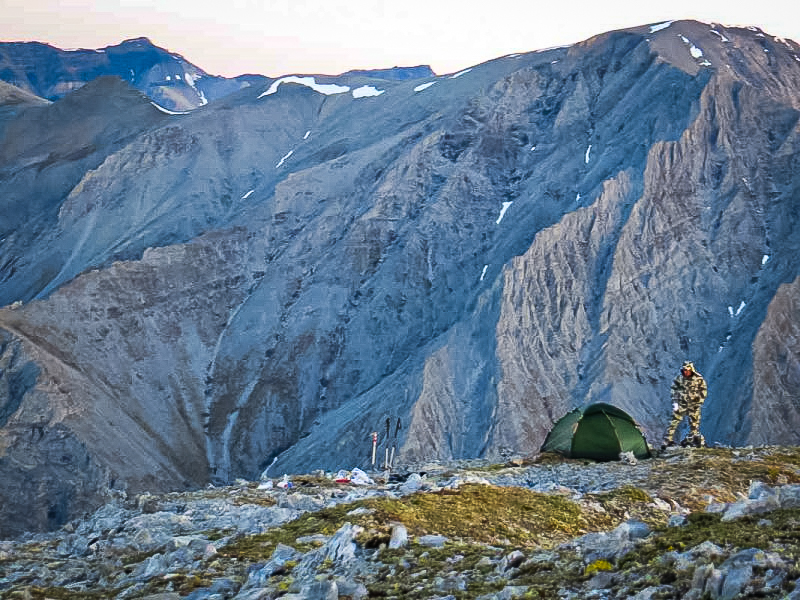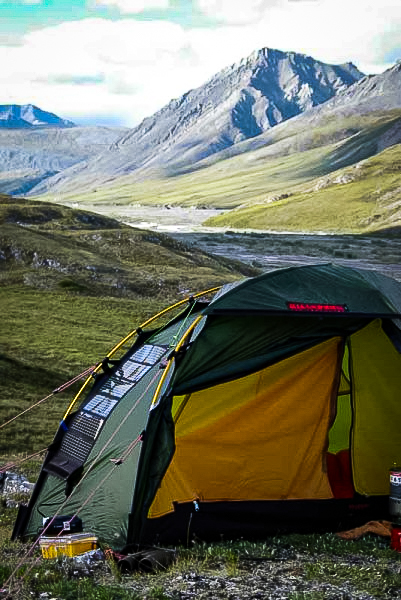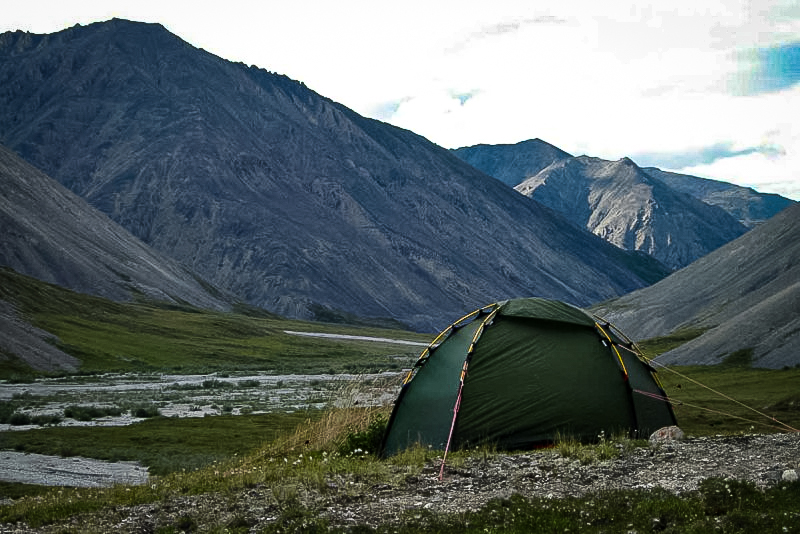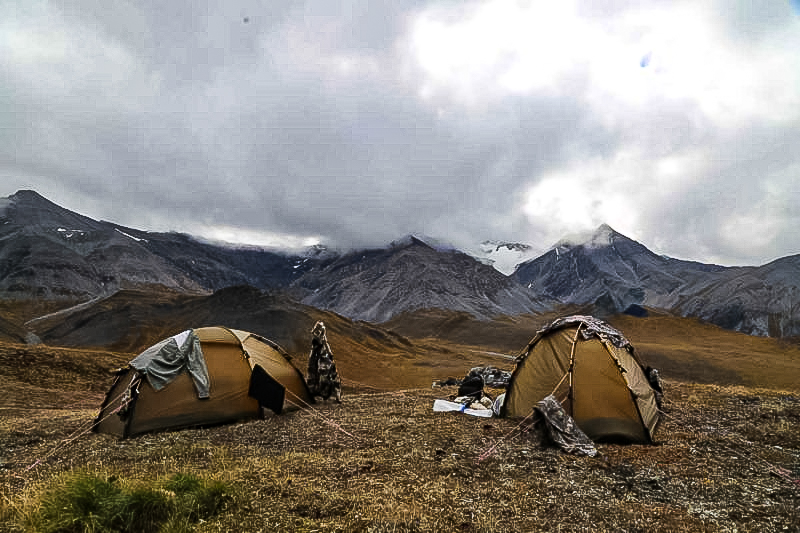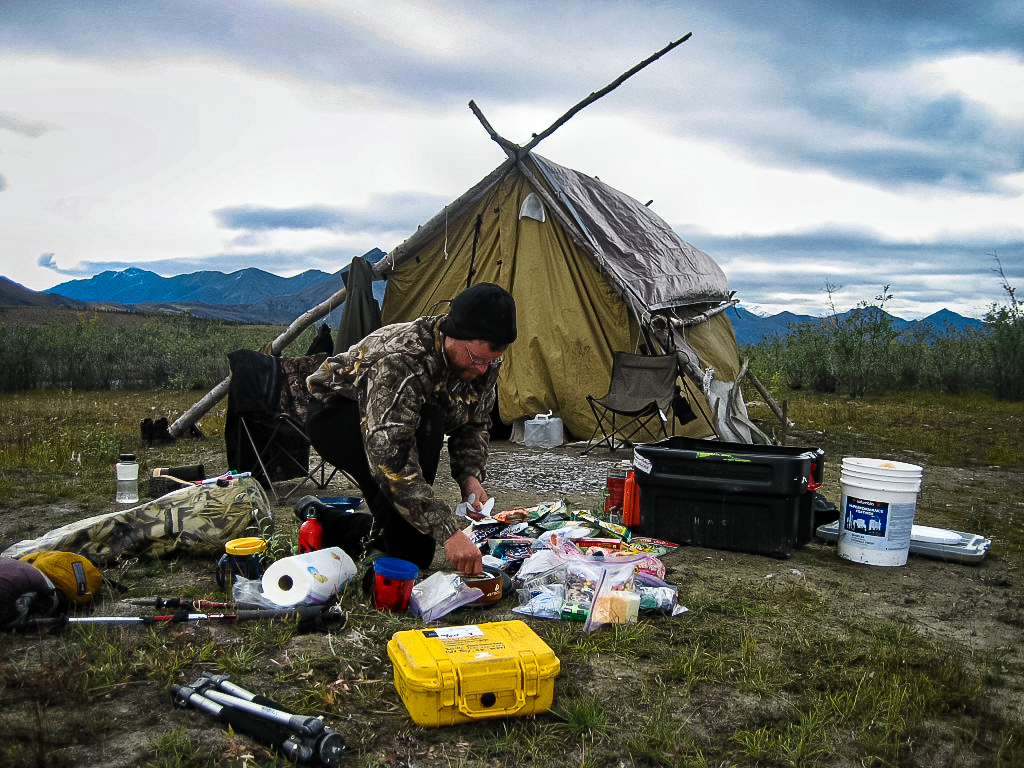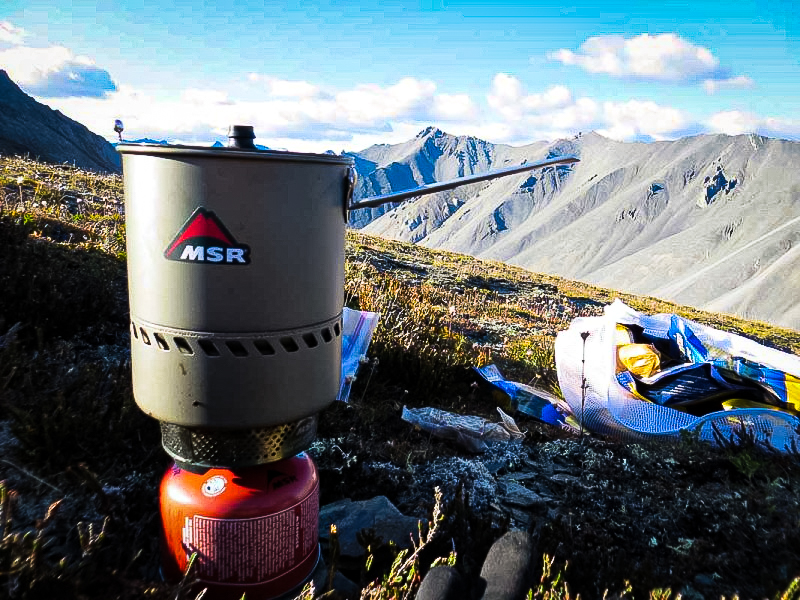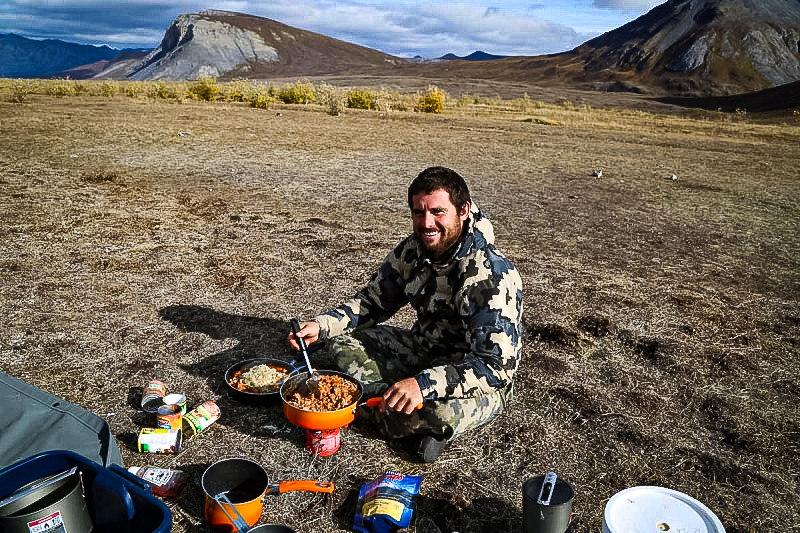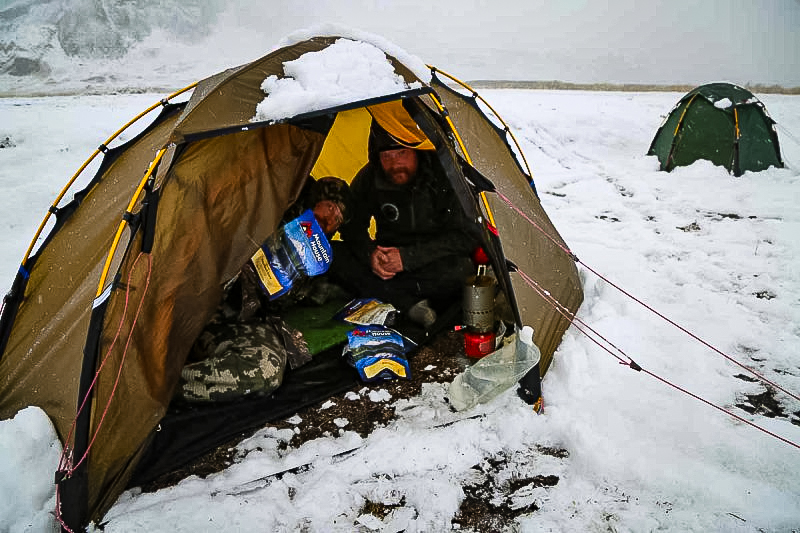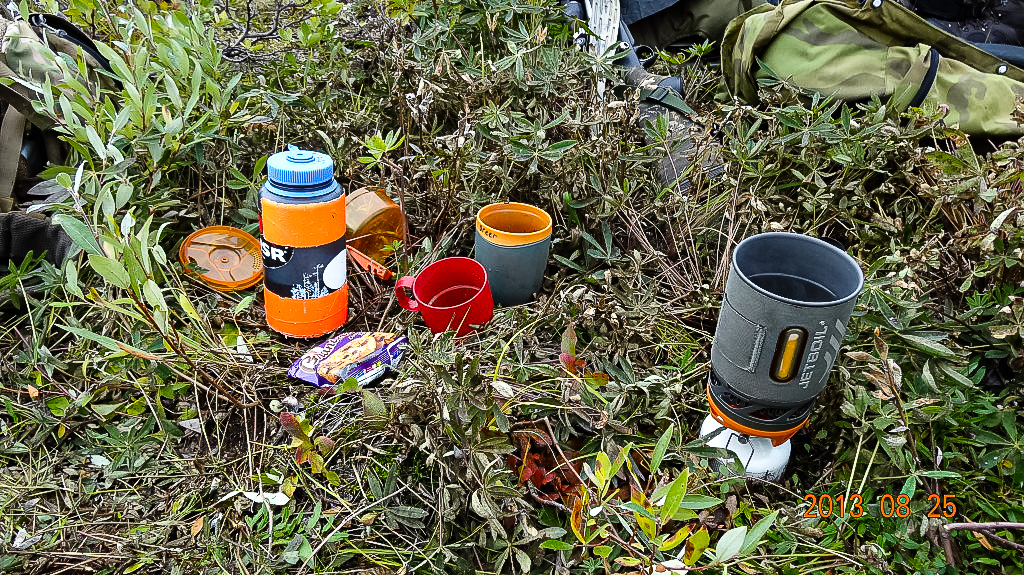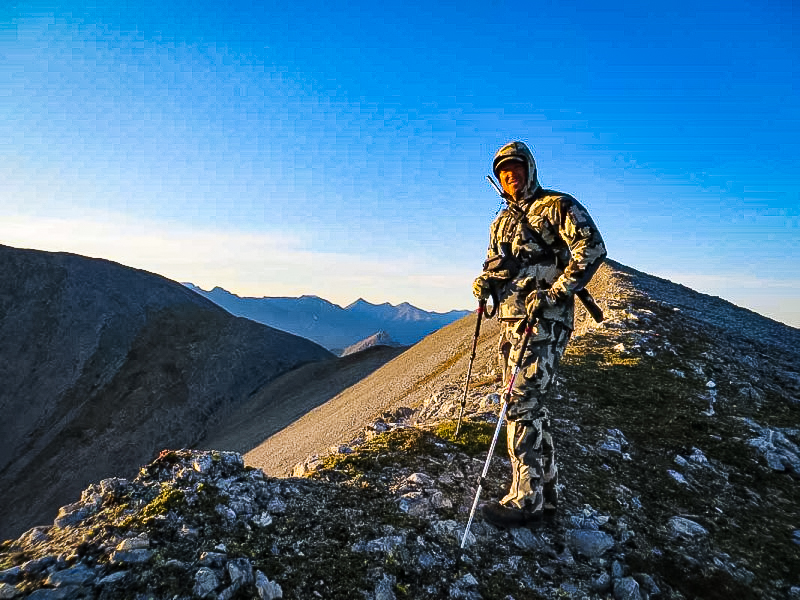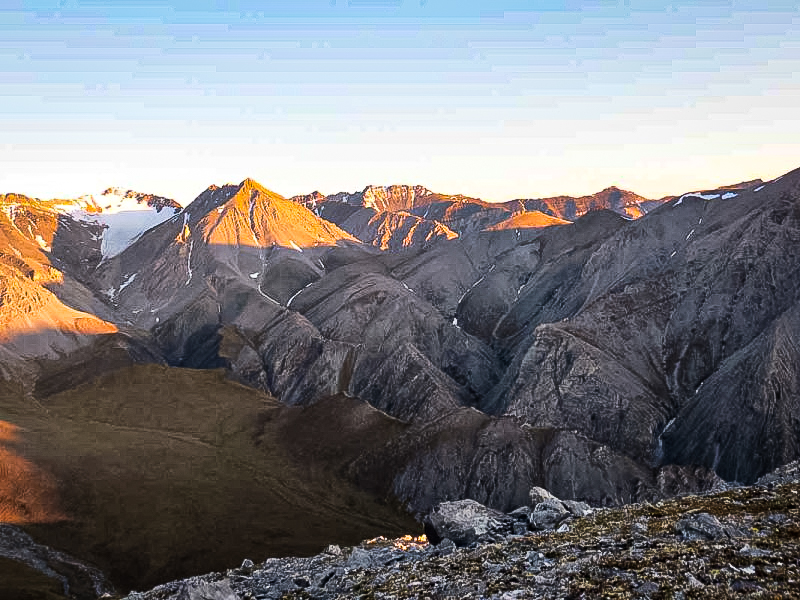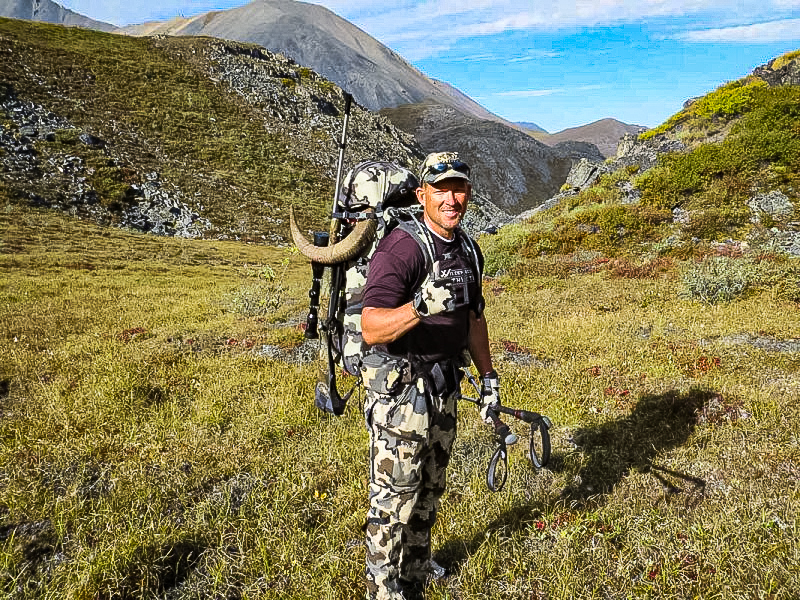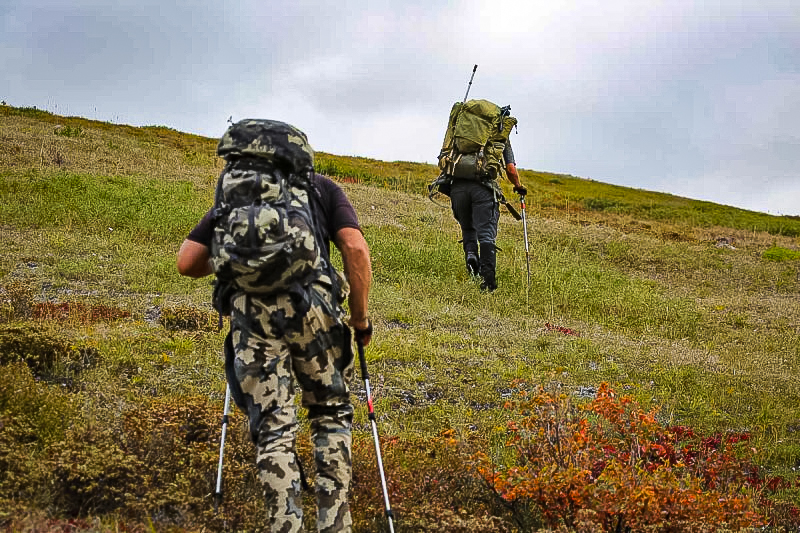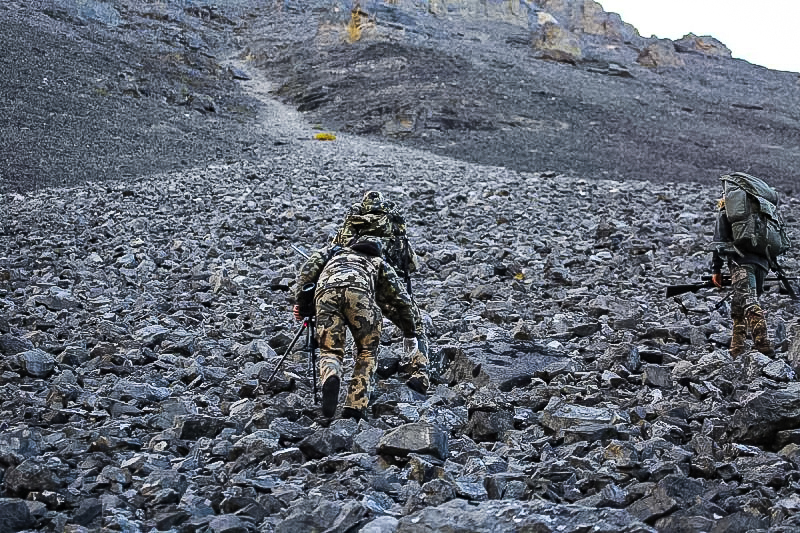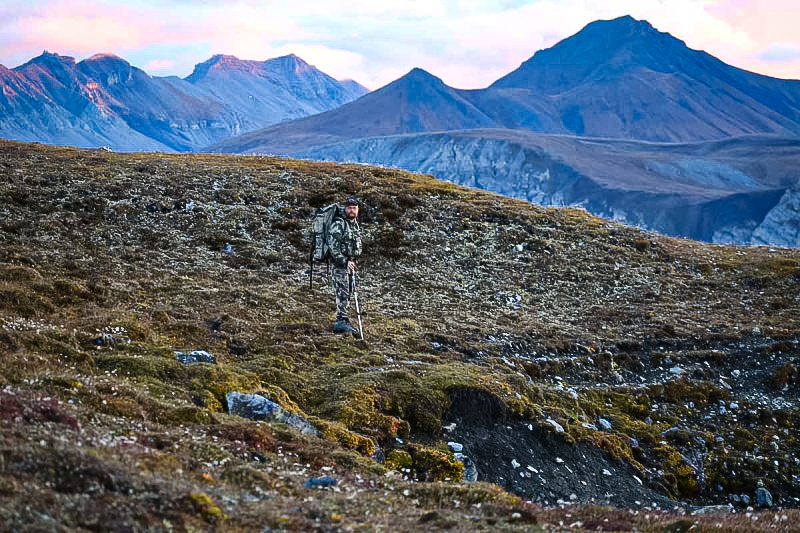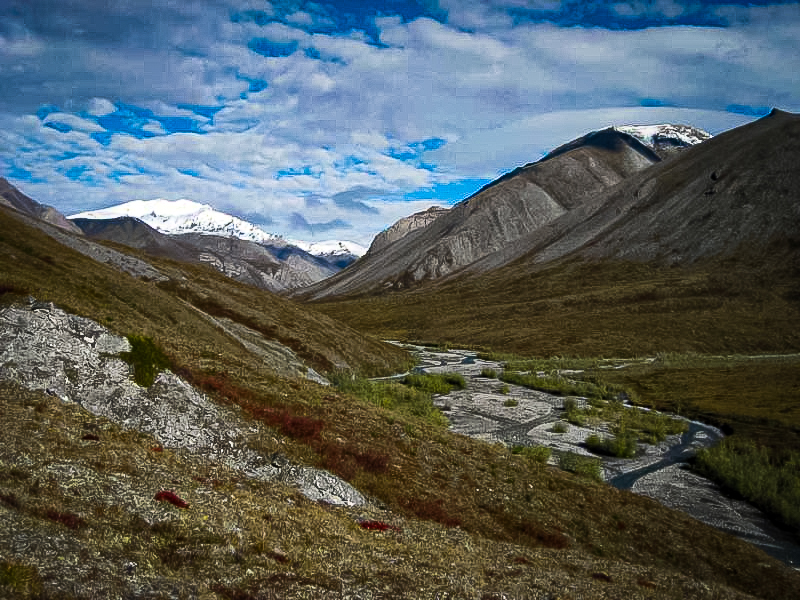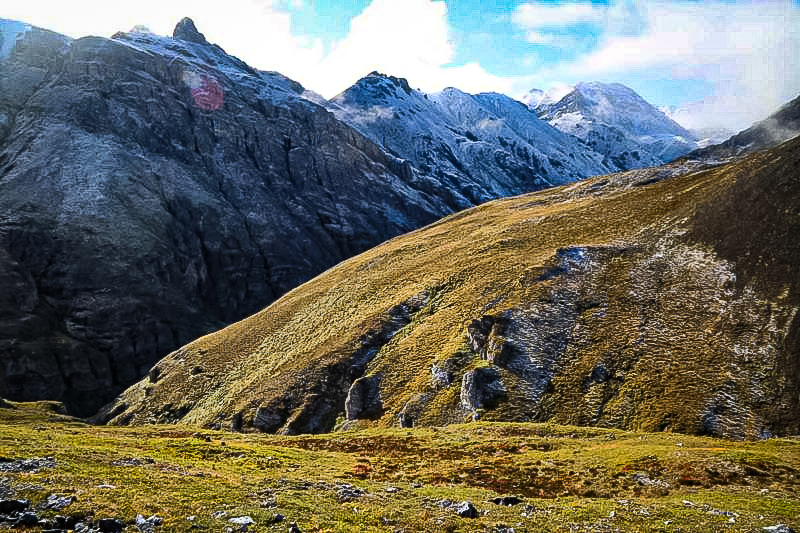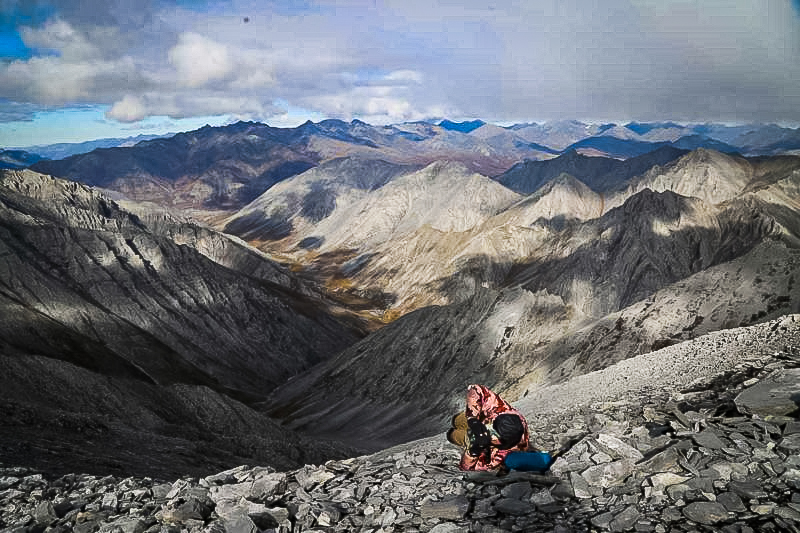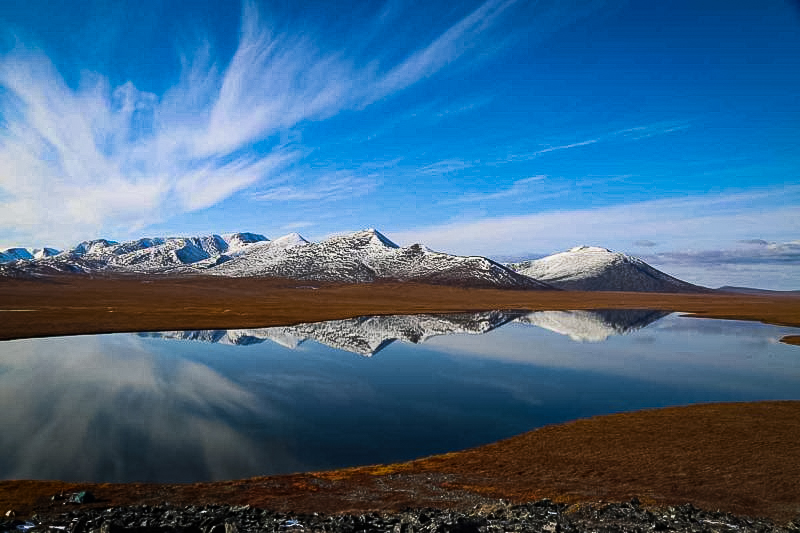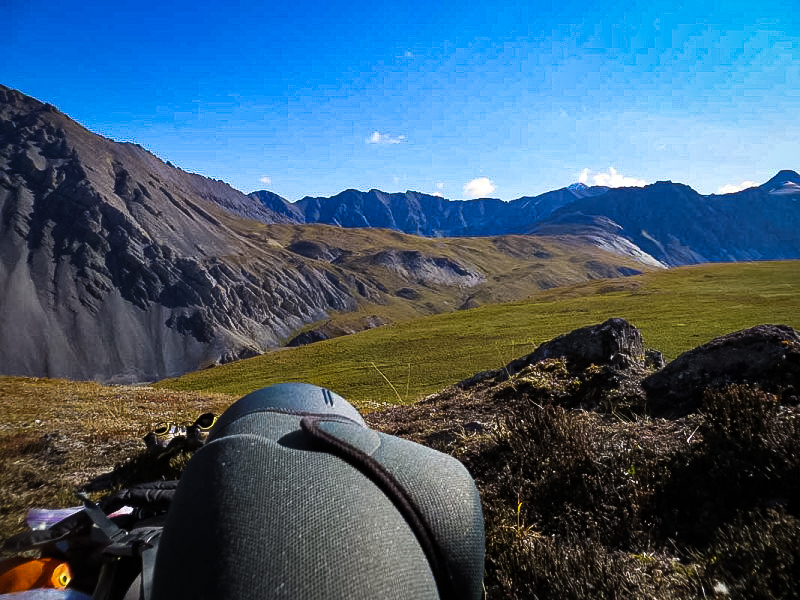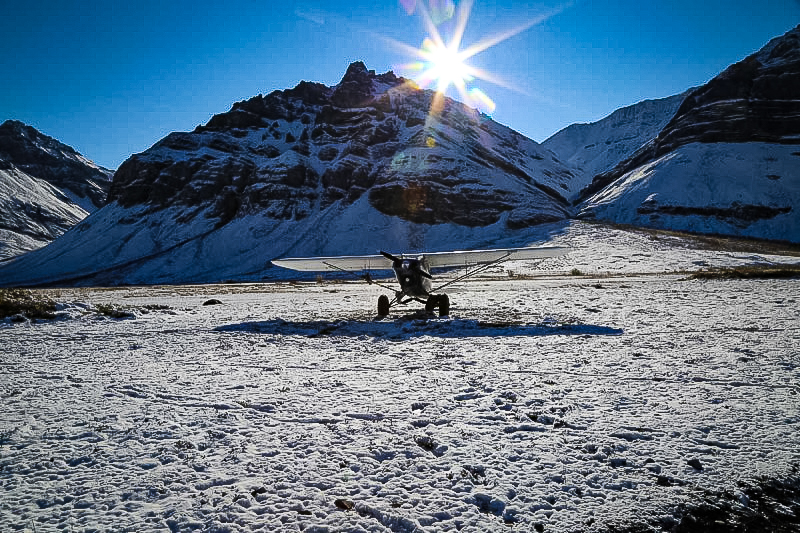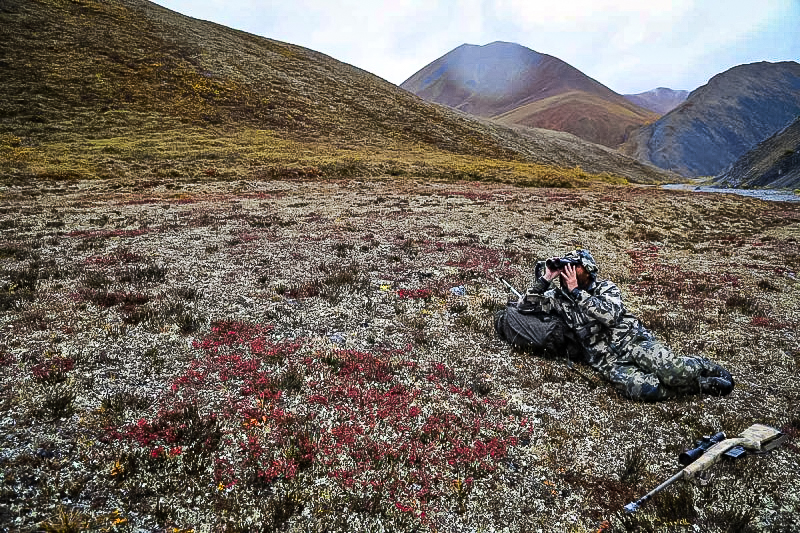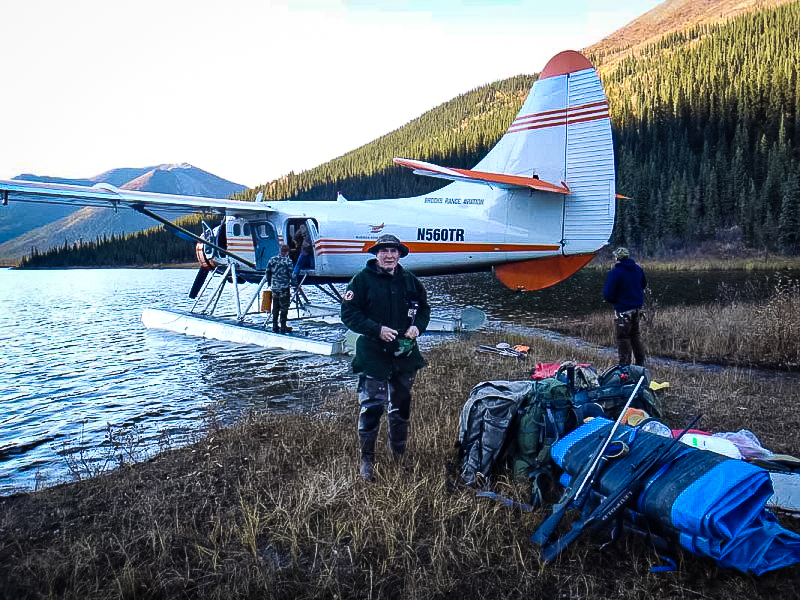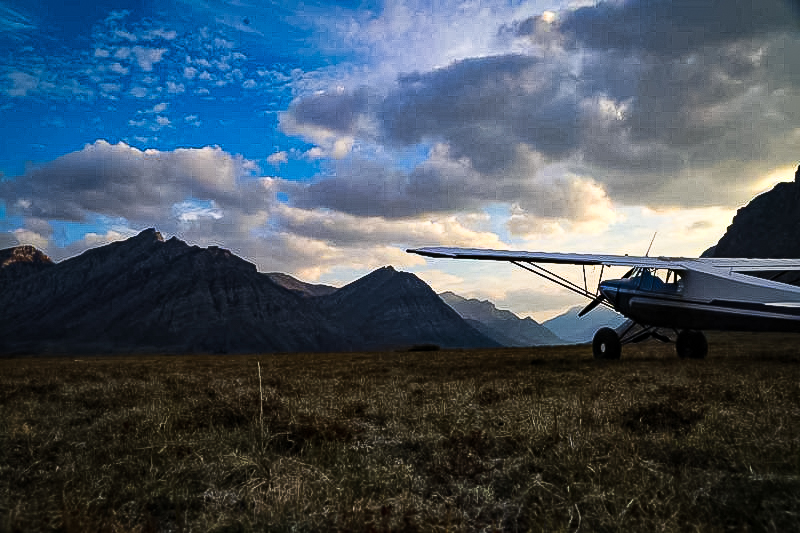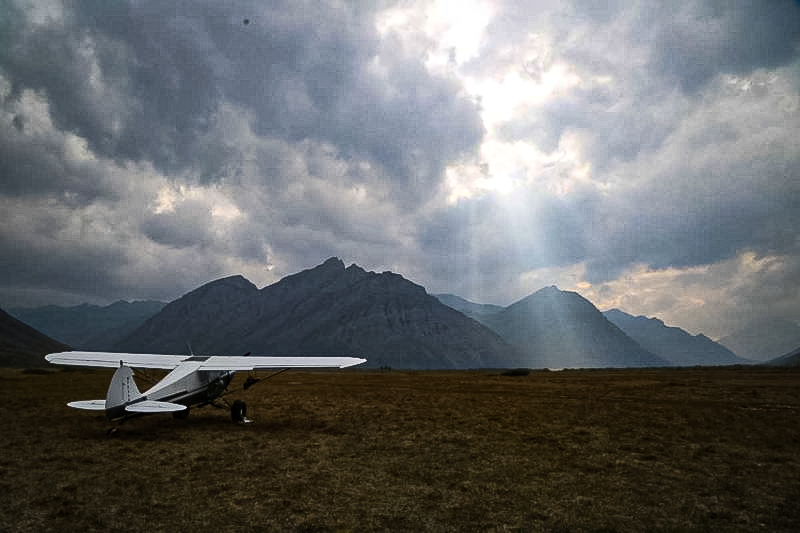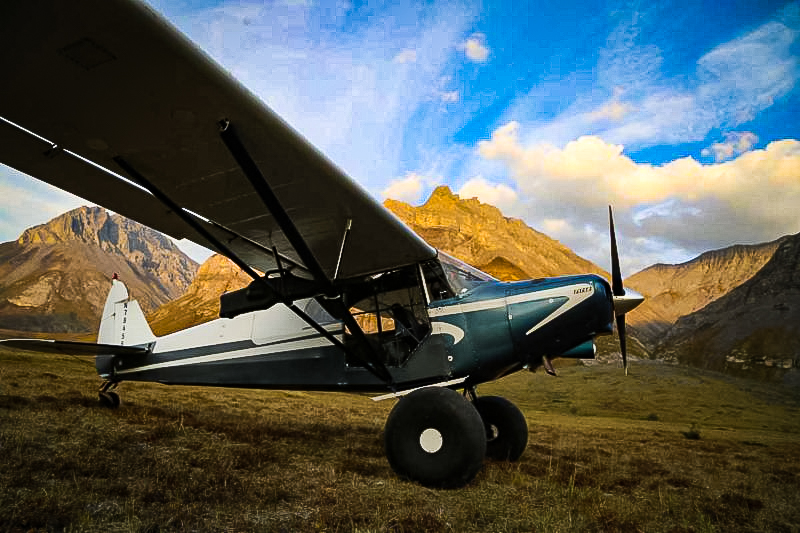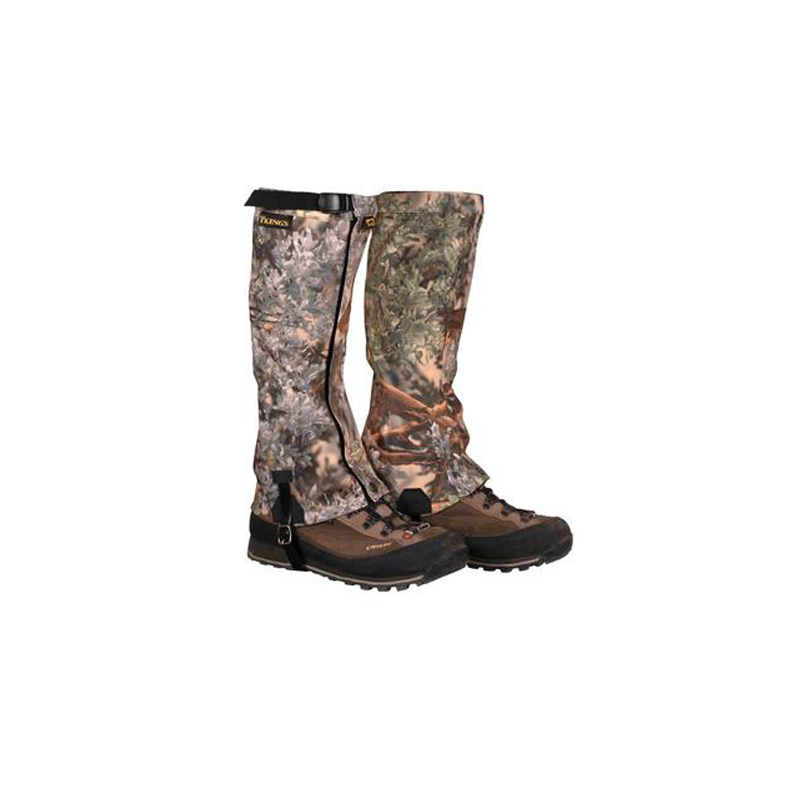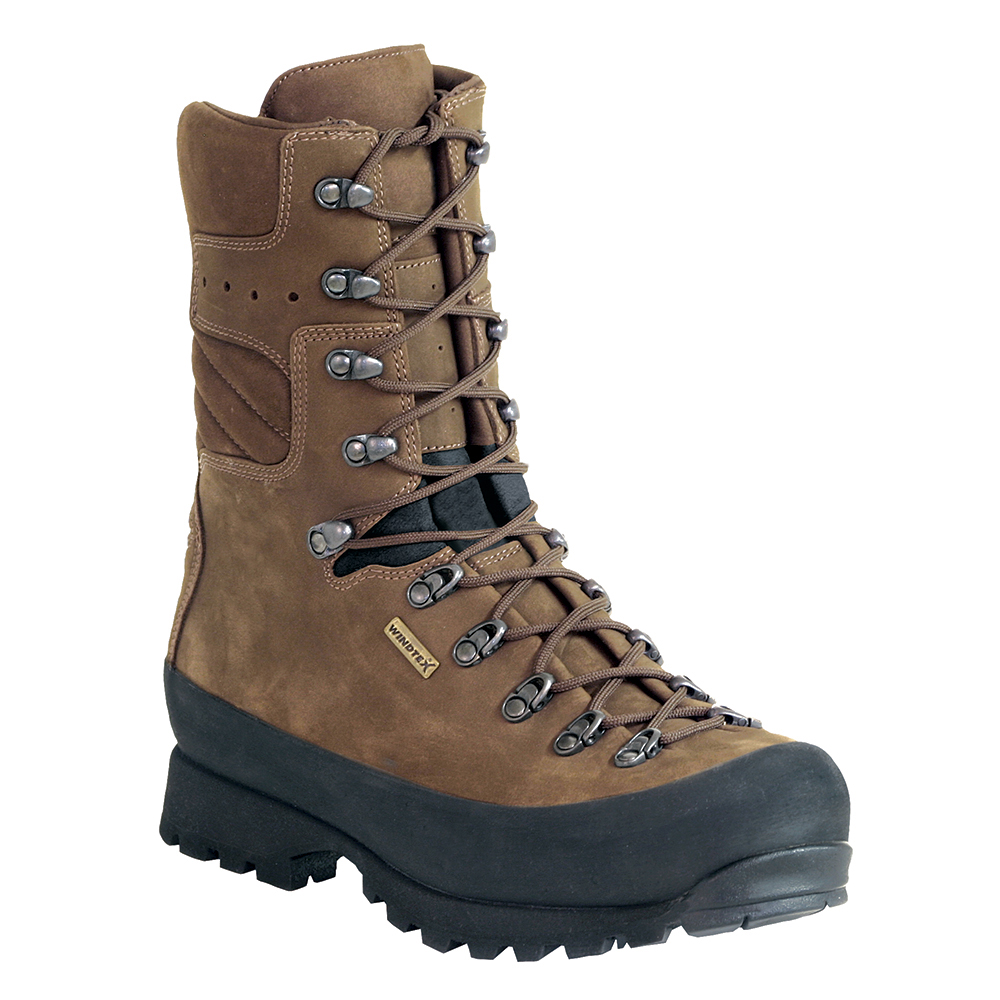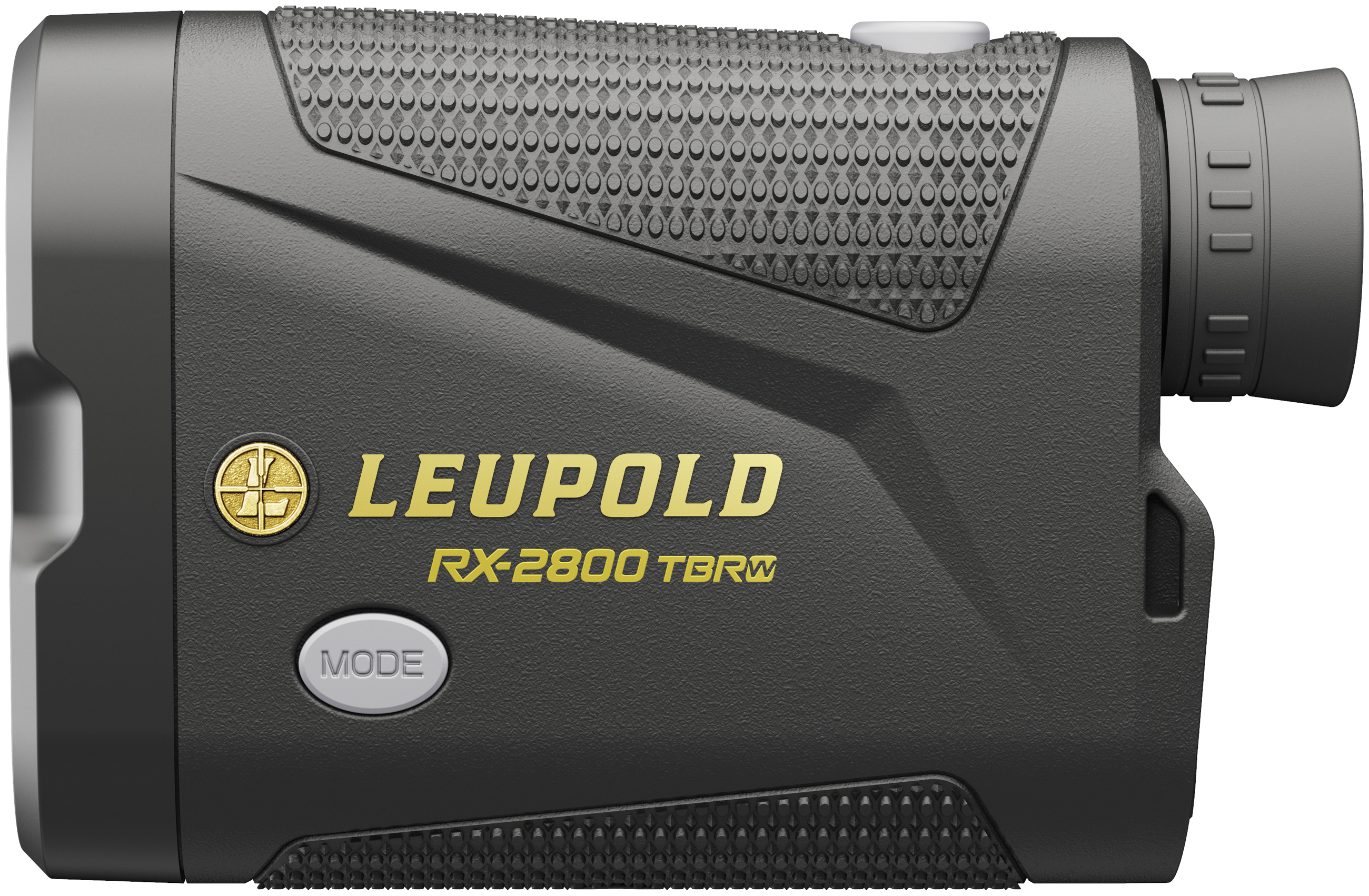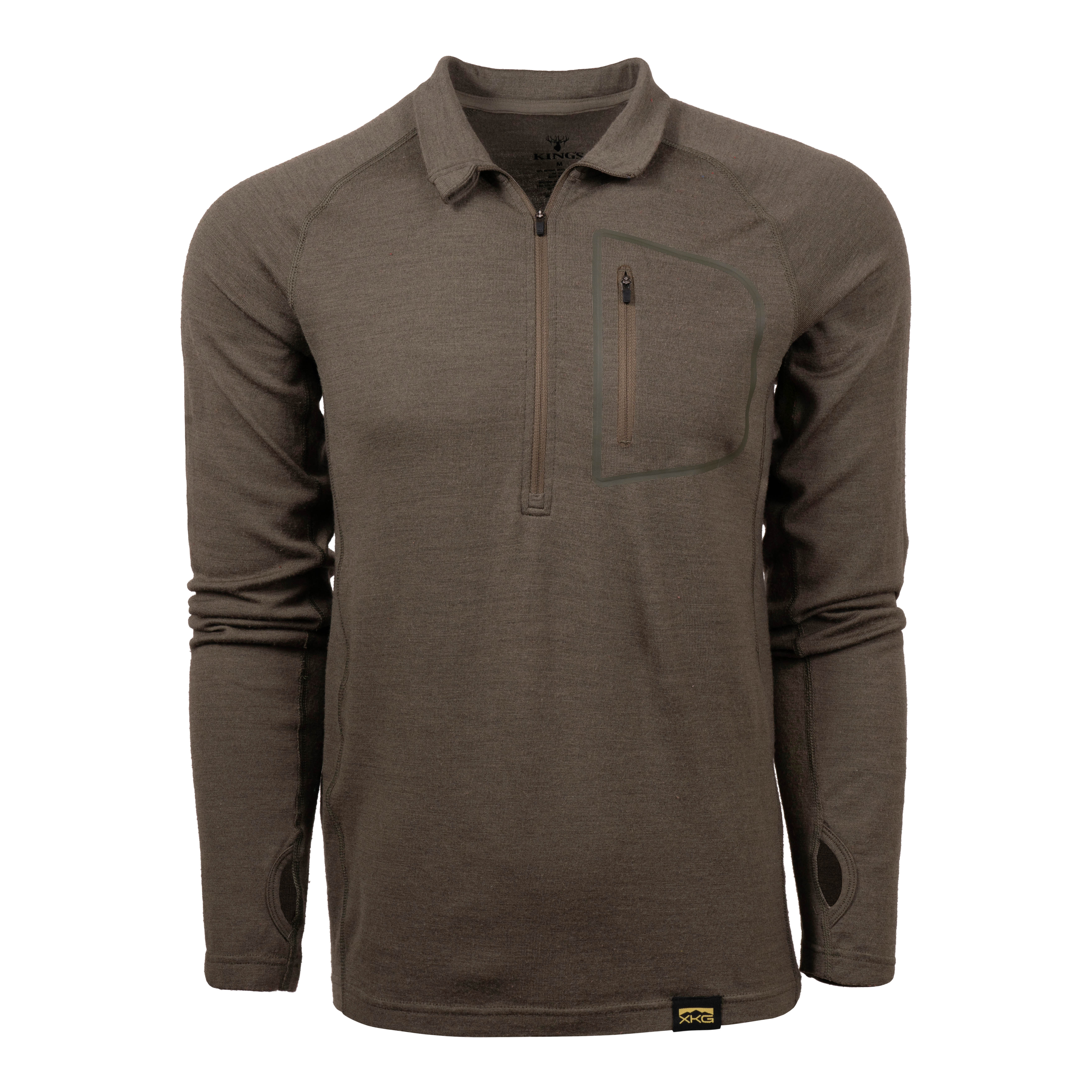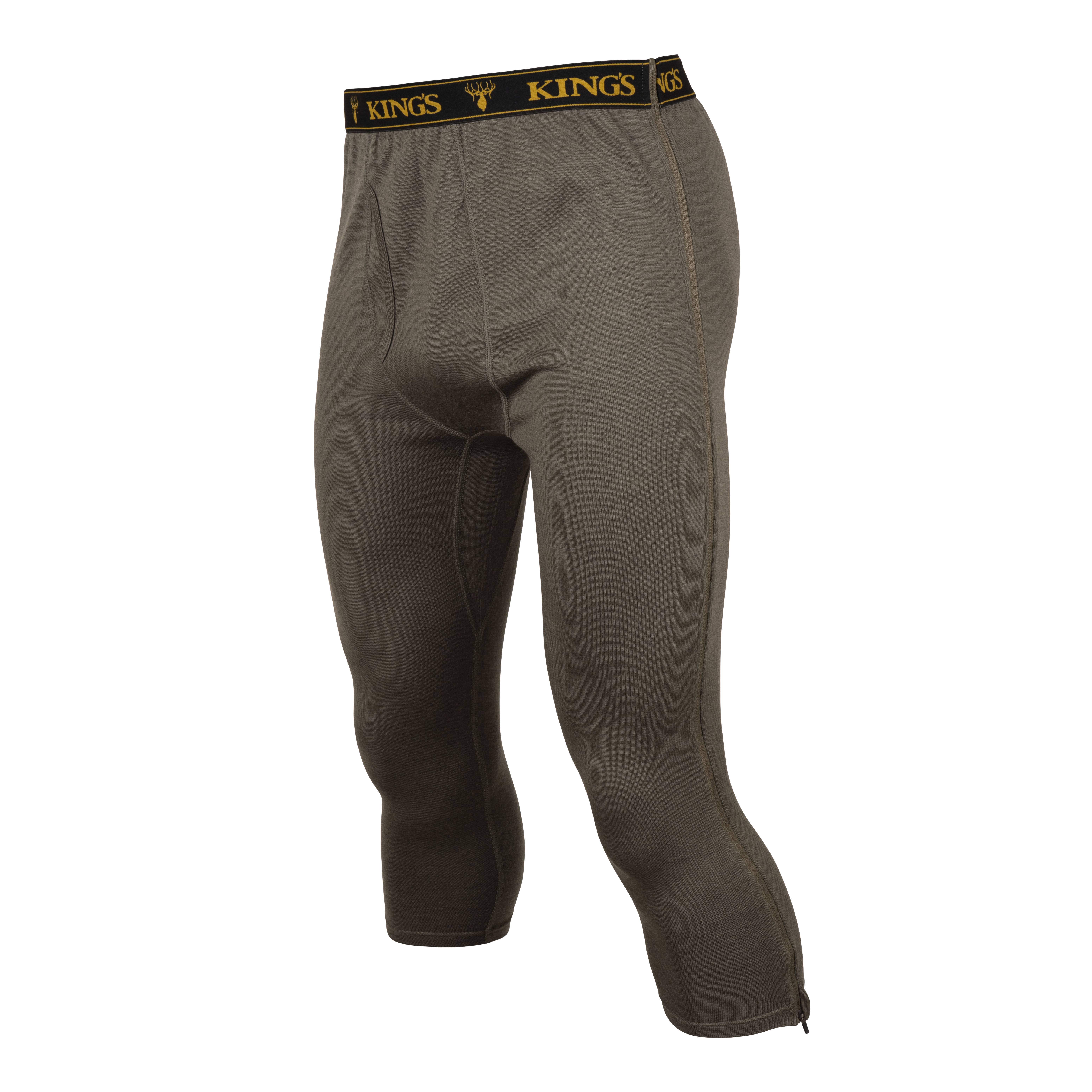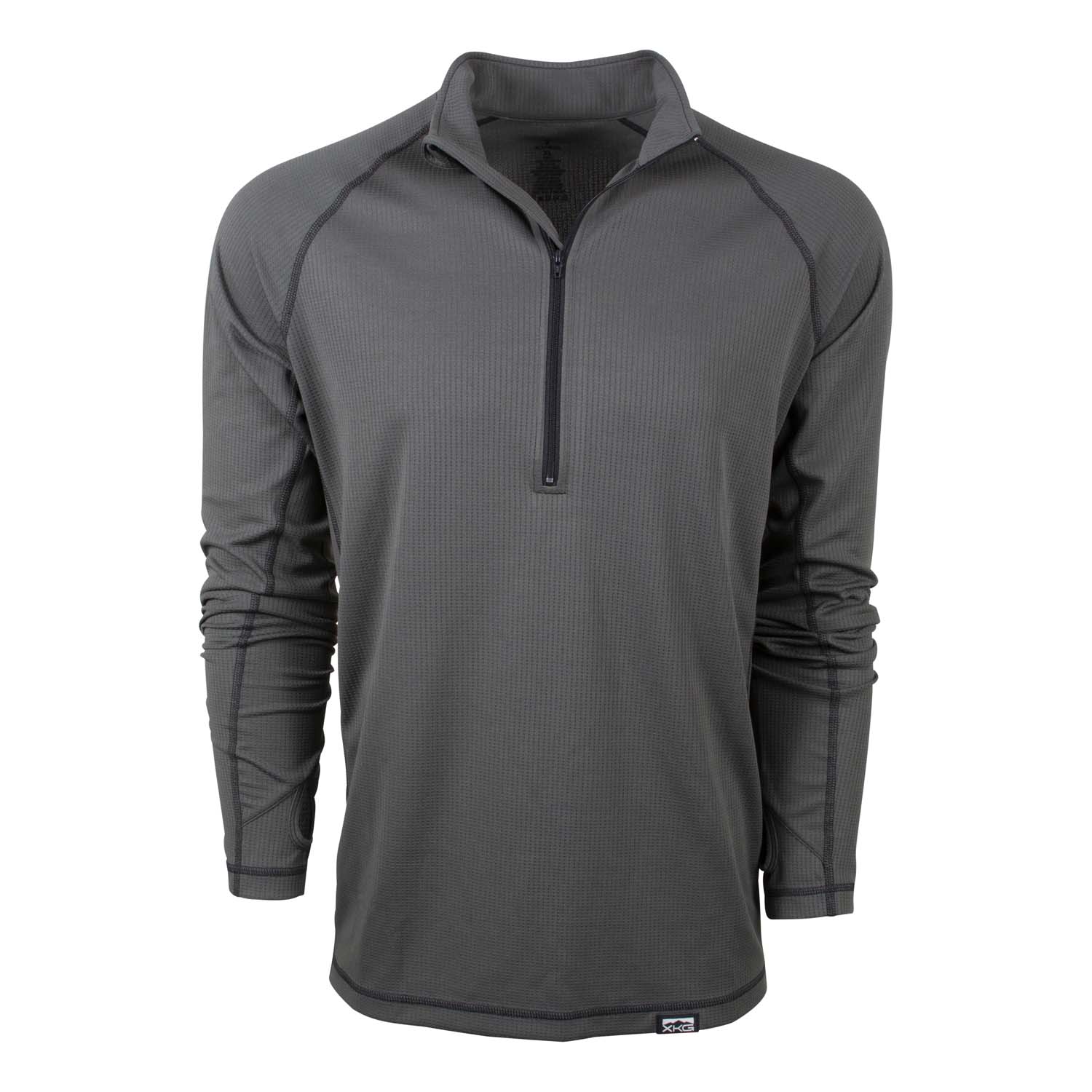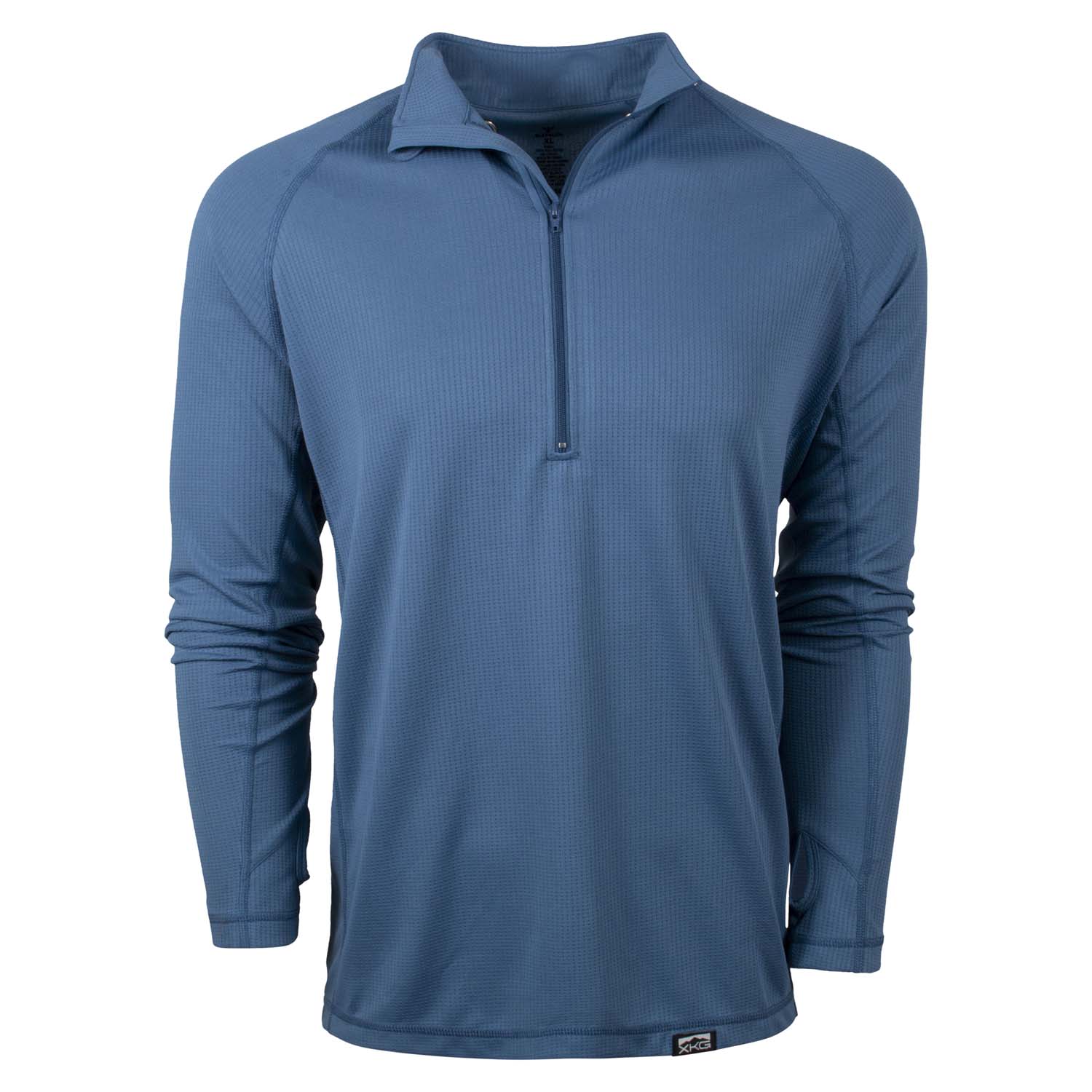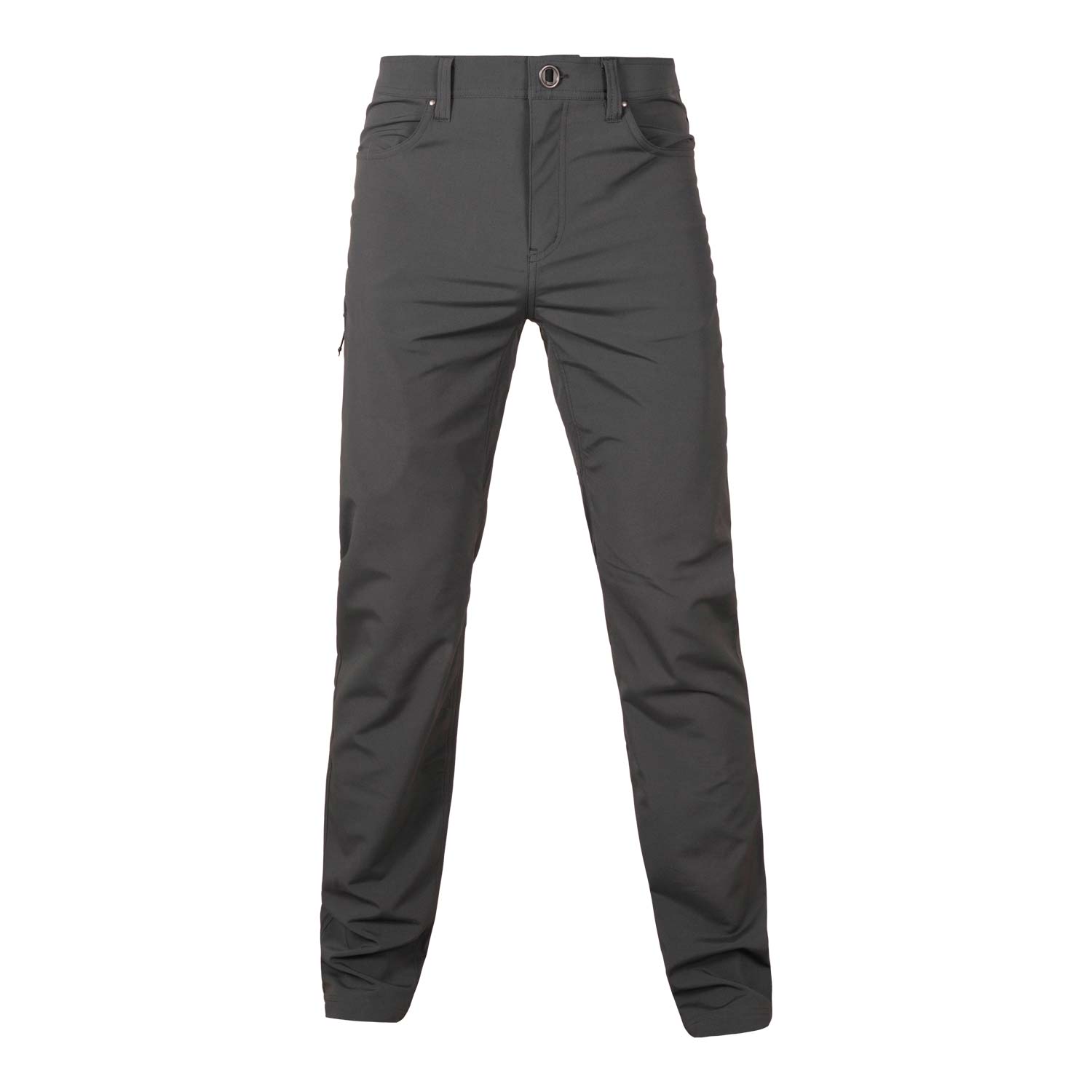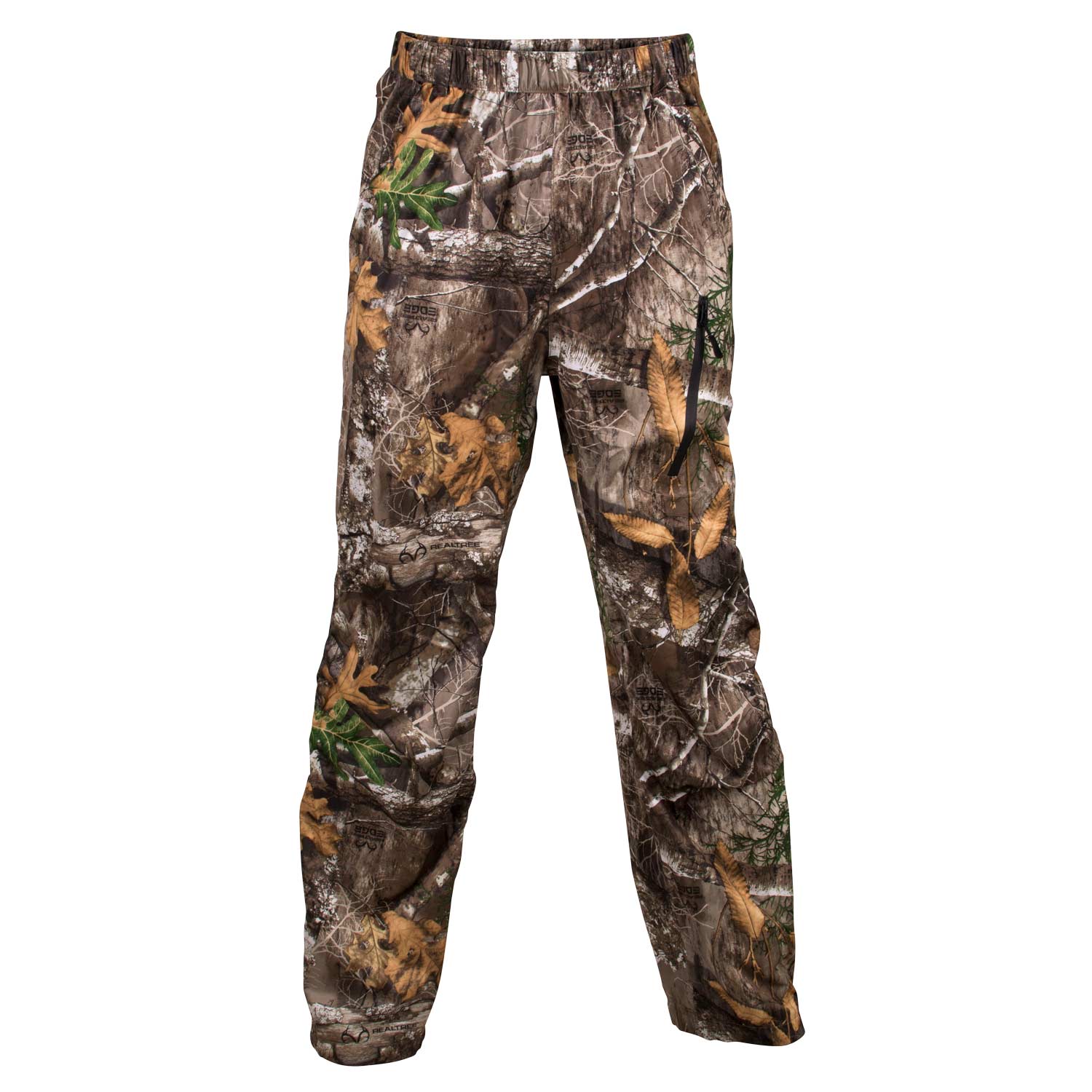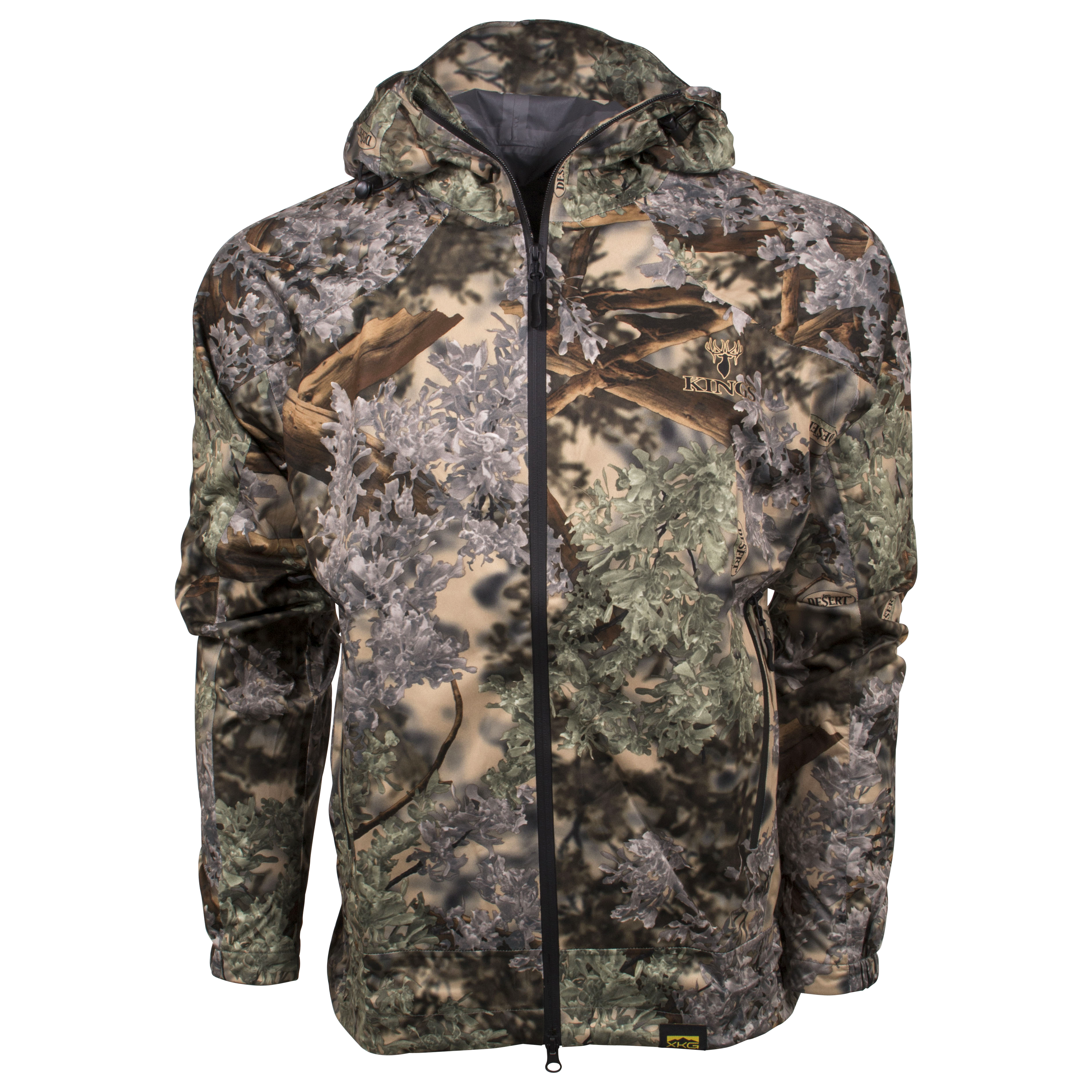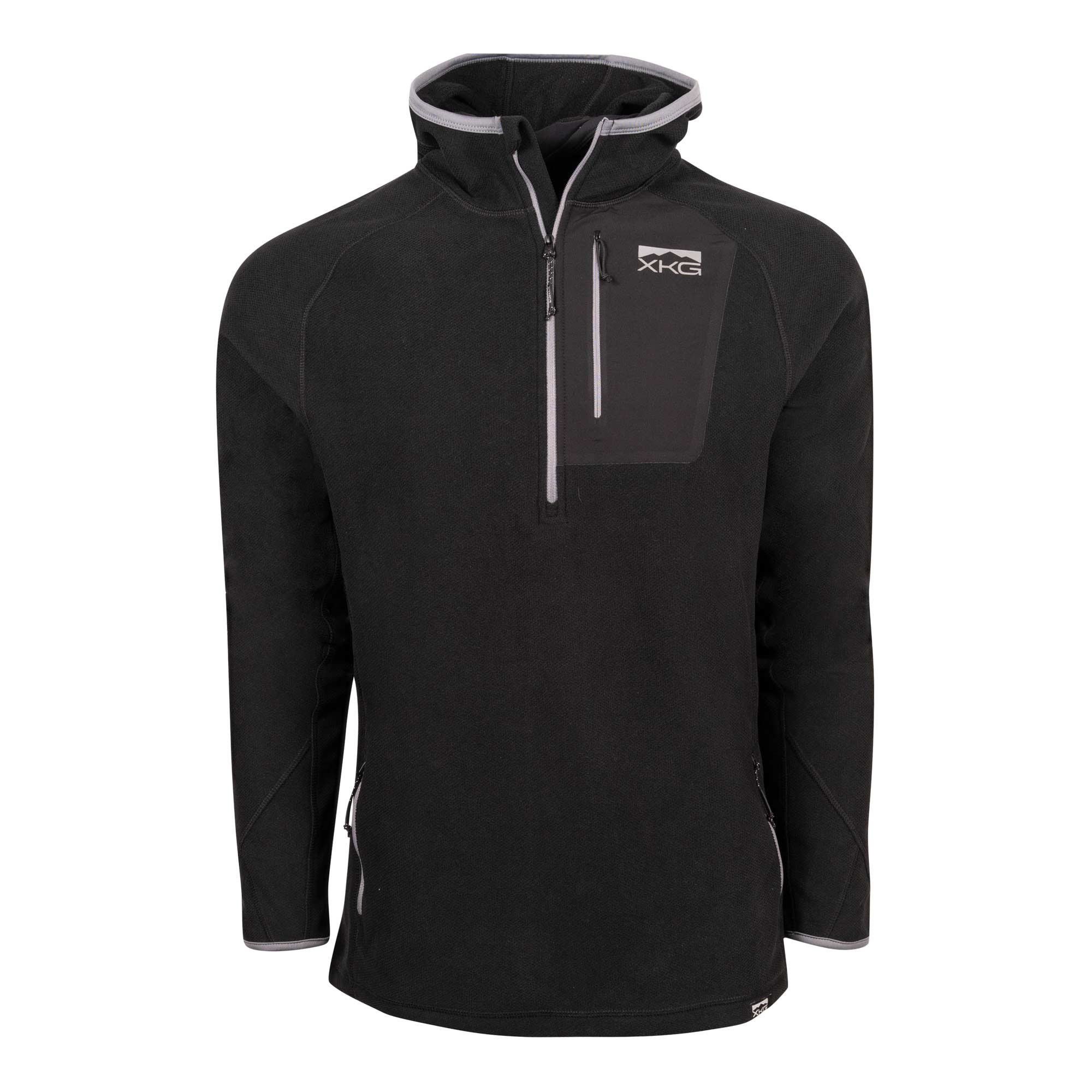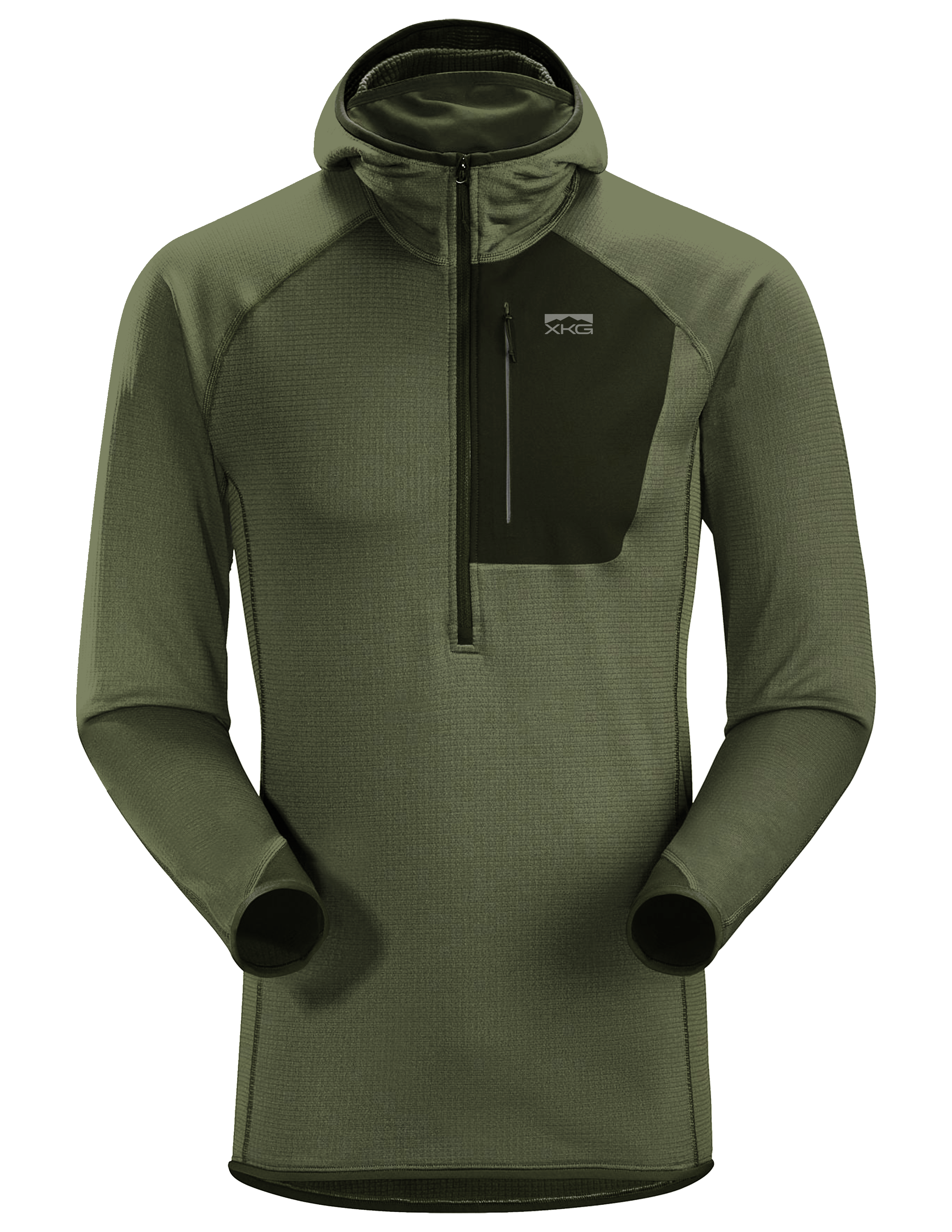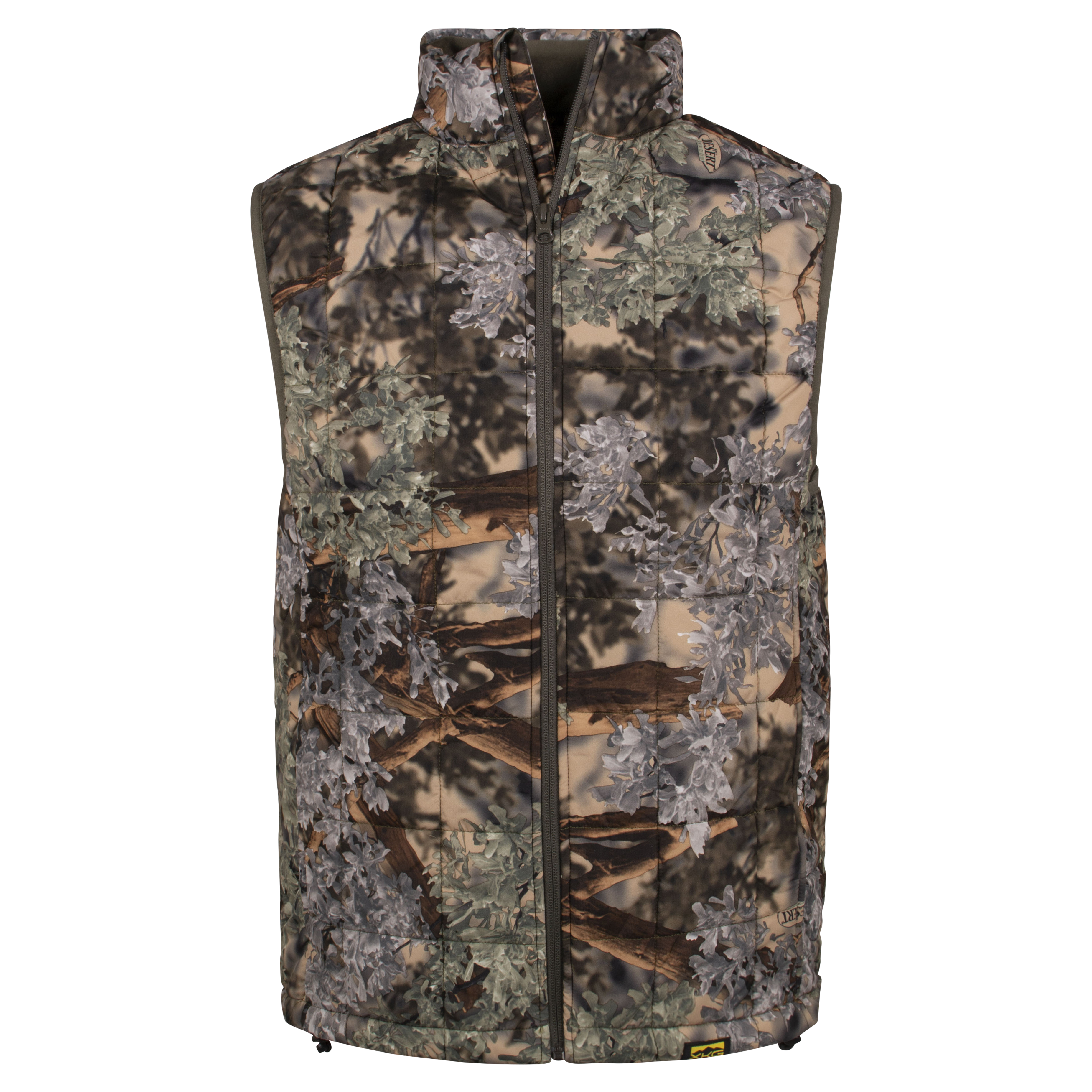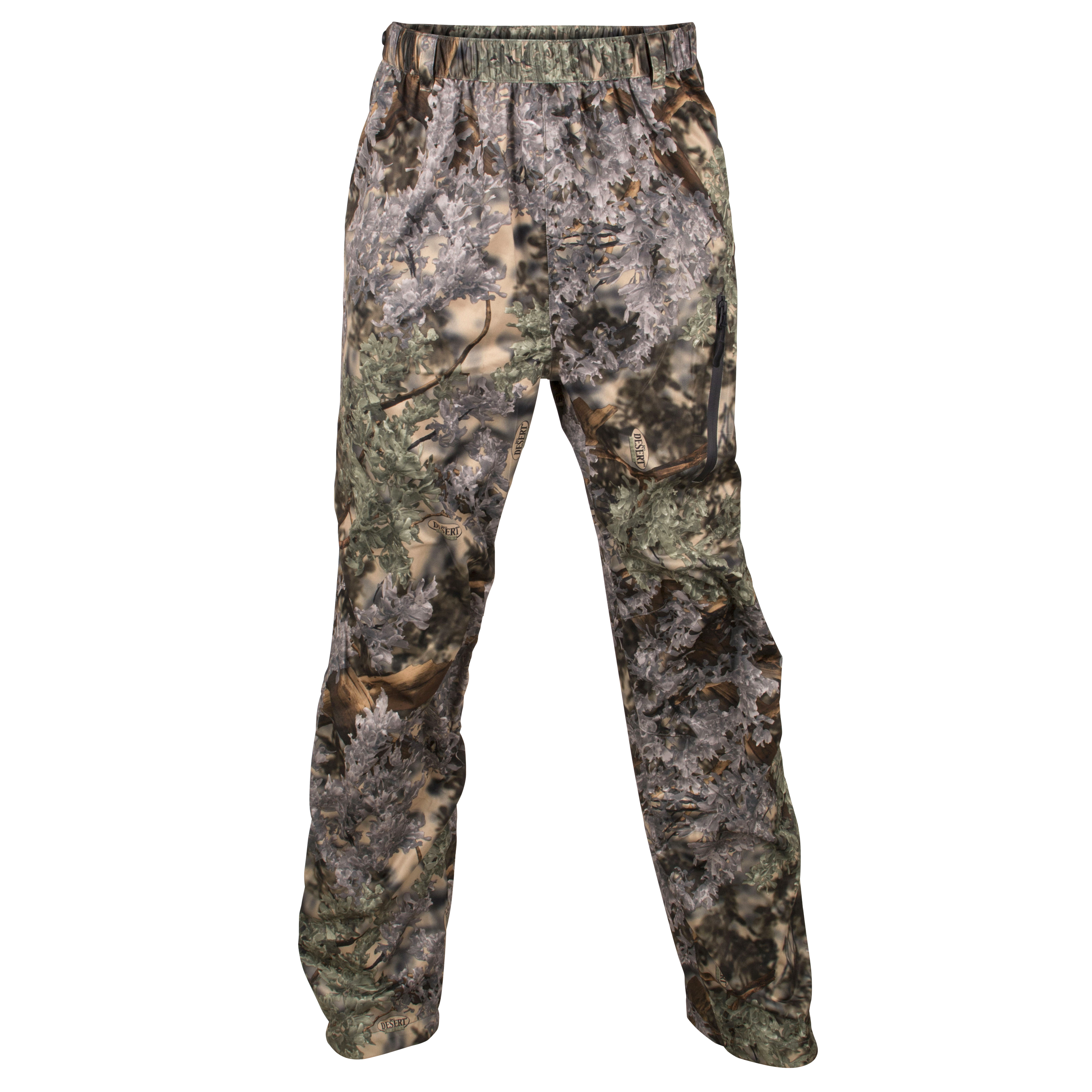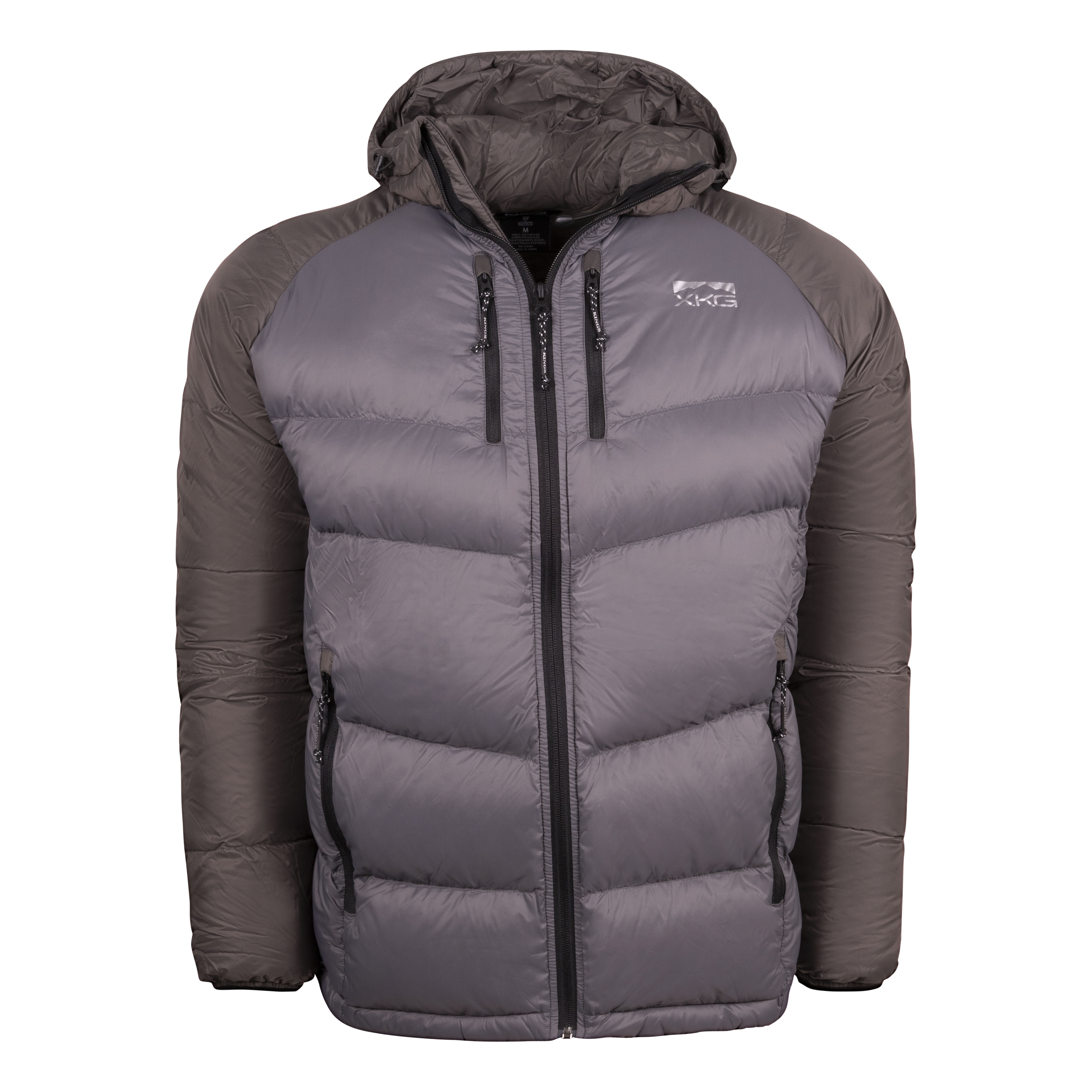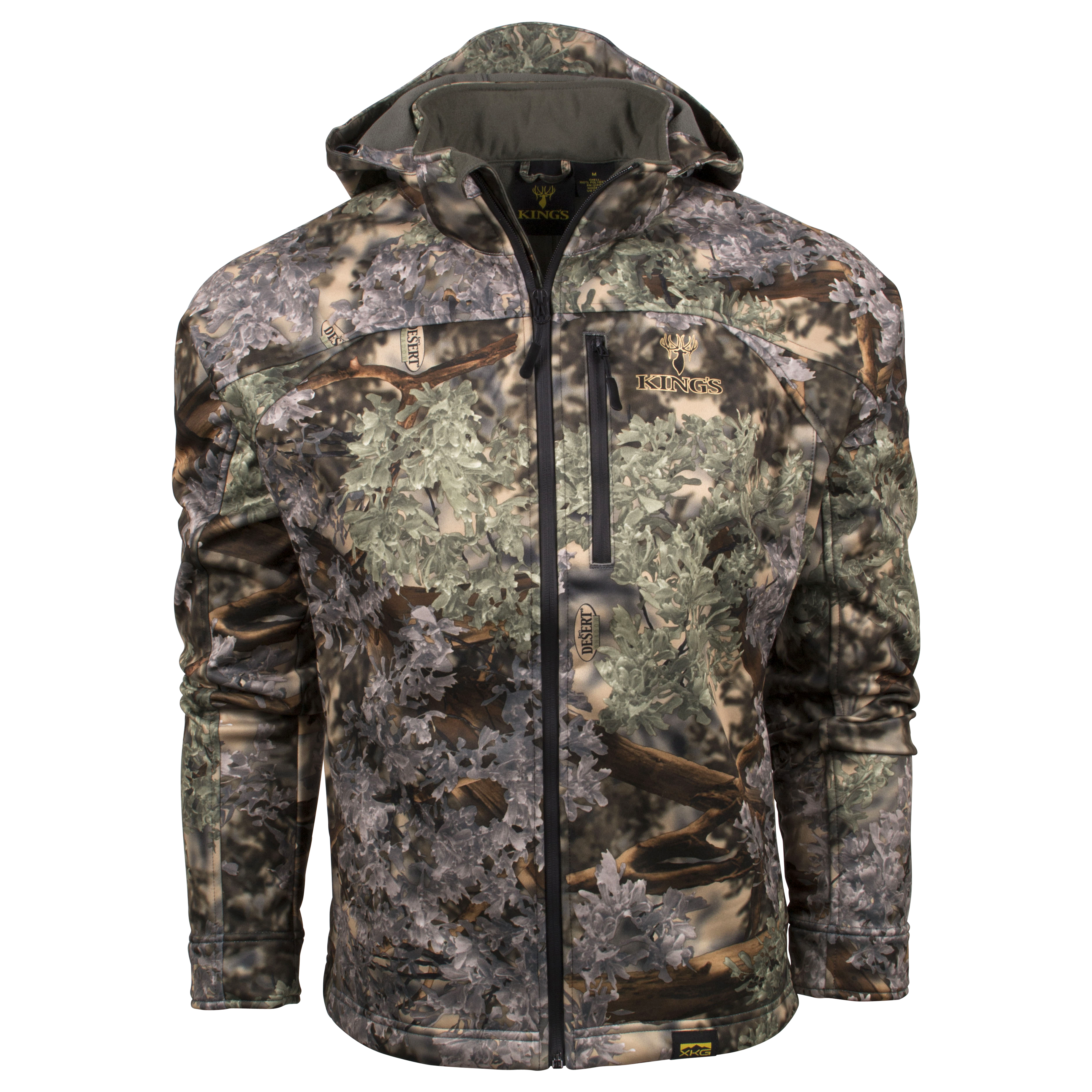By continuing, you agree to the RBO Terms of Service.
- Overview
- HuntX(perience)
- Gear List
- Media
Description
They specialize in hunting for trophy Dall Sheep, Barren Ground Caribou and Arctic Grizzly. Their hunts are one-on-one fully guided, fair chase backpack hunts. Their focus will be on traveling by foot to remote drainages within the guide use area (GUA), targeting older rams (9-10yr average). This will assure the refuge with a low impact, while maintaining high success rates and the client with a world class experience in a remote wilderness unaltered by humans. Most other sheep hunts known as backpack hunts are merely just a hike out of a set spike camp. They pride themselves on running long-range no trace, true backpack sheep camps, almost never sleeping in the same spot for more than one night. These Arctic hunts are operated on the north slopes of the famous Brooks Range, the northern most mountain range in the world. The Brooks stretches approx 100,000 square miles from western Alaska to Canada. They conduct their hunts on their exclusive guide use area within Arctic National Wildlife Refuge (ANWR) along the scenic Marsh Fork and Canning River. Arctic National Wildlife Refuge website is http://arctic.fws.gov. This area of the Brooks has the highest population of Dall Sheep in the Arctic and, debatable, the highest in Alaska. They have great genetics and grow many trophy rams. Two of the largest rams killed on record came out of the Marsh Fork drainage both scoring 178 & 179 B&C.
Details
- Species: Dall Sheep
- Average Classification: 9 - 10
- Shot Opportunity: 90
- Weapon: Rifle
- Hunt Catalog #: RB7419-02
- Tag Availability: Over The Counter
9-10 year old rams.
Options
Additional Packer
Grizzly
Caribou
Available Dates
August 10, 2021 - August 10, 2025
Pricing
- Member Price: $35,000.00
- Non-Member Price: $39,000.00
They plan to run three sessions of hunts cutting down on the number of clients in the field at one given time. Hunt dates will be from August 10th-17th /19th-26th /28th-Sept 6th, allowing for a transition day between hunts. The last session is a ten day hunt allowing two more days due to a higher probability of poor weather. *Outfitter currently not booking 2025. Can add to waitlist if desired. Pricing subject to change.
Group Options
Option for an additional packer. Option to add a grizzly. Option to add a caribou.
Location
Alaska, United States of America
Refund Policy:
Deposits are not refundable. When you make a deposit or payment that money is used to reserve your adventure dates and we cannot sell them to anyone else. If for some reason you have to cancel, you will lose your deposit and any payments you have made. If you are concerned that you might get sick or otherwise have to cancel, we suggest buying trip insurance. There are insurance companies that specialize in providing insurance policies for outfitter bookings and hunts. One such company we recommend is globalrescue.com. It is also our policy, depending on the adventure you booked and at our discretion, that if you have to cancel and we are able to book a replacement for you at the regular price we will work with you to apply your deposits to another adventure. Please note that we cannot refund or roll state or government license fees, application fees, draw results, or tags.
Description
Their base of operation, called “Kavik Camp”, at the Kavik Airstrip and it will be kept simple and efficient. There will be no permanent structures or caches on the refuge as it is not allowed. Everything used on the Refuge will be copasetic with camping in a designated wilderness. Kavik Camp is to provide a base for logistics, shelter to weather out and regroup after arctic storms, central location of communication between spike camp and air-taxi and a place to be comfortable and dry before and after hunts. Kavik is located at the base of the foothills of the Brooks Range between the Kavik River and the Canning River just a few miles outside of ANWR. Kavik coordinates are N69 40.69 W146 55.1. BGBG will utilize facilities at the Kavik Camp. Infrastructure needed to support BGBG Base Camp are already available in Kavik including gravel runway, buildings, coolers for meat, fuel, lodging, meals, showers, power, water, internet, freezers and incinerator for trash. These facilities will be the base of operation and used to support guides and hunters. Also, in Kavik there is a live weather cam and power supplied by generators. Spike camps will be mobile and will be considered absolutely no trace camping. Everything packed in, will be packed out. The option to float down to an alternate strip with Alpacka rafts (one man pack raft approx. 5lbs) will be available to hunter and guide. This will be the guide’s judgment call depending on circumstances. Also, rafts reduce dependence on an airplane therefore reducing the cost of the hunt and impact on the refuge. They have found that hunters enjoy using the river as a means of travel through the wilderness and it becomes a highlight of their experience. The first session of sheep hunts will be booked and conducted as a hard core traveling backpack hunt. Spike camp as described in the previous paragraphs will be carried by the client and guide, usually on a through-hike (not coming out the same way they went in). The clients will need to be in top physical and mental shape. During these first hunts the weather generally is more forgiving and we are allowed to put ourselves further out. Rams are generally at higher elevations around 5,000 feet this time of year. Their packs will be approximately 60lbs each. This will allow the guide to carry additional 100lbs of game meat out and the hunter with 50lbs of cape and horns. If needed loads can be shuttled by foot or carried in one big push depending on distance. Air support will be utilized for pick up on a braided gravel bar of at least 500 ft. with a good approach. The second half of the hunts will be booked as a medium difficulty backpack hunt. They will plan on being in areas of less exposure to weather. In the Arctic, one guarantee is by mid-September the mountain creeks have begun to freeze (if not already), storms have became more violent and higher elevation air strips are threatened by snow. Temperatures are generally in the 20 to 45 degree range. Along with the storms comes poor visibility, high river crossings and delayed travel. These times are mentally challenging for most hunters.
HuntX Scale (Low 1 - 5 High)
- Lodging & Accommodations: Backpack Tent?
Lodging & Accommodations Scale
5 - Cabin/Lodge
4 - Bunk House/Trailer
3 - Wall Tent
2 - Backpack Tent
1 - Client Provided/Hotel
Sleeping tents will be high quality Hilliberg Soulos, one for each individual. Most other sheep hunts known as backpack hunts are merely just a hike out of a set spike camp. This outfitter prides themselves on running long-range no trace, true backpack sheep camps, almost never sleeping in the same spot for more than one night.
- Menu & Food: Backpack Food?
Menu & Food Scale
5 - 5 Star Catered
4 - Full Kitchen
3 - Field Kitchen
2 - Backpack Food
1 - Client Provided
Food will be freeze dried meals with precooked meats vacuum sealed. There will be a combination of most foods expected on a remote hunt, jerky, trail mix, dried fruit, with some full meals cooked in camp. You may need to use a boat in some camps.
- Physical Conditions: Extreme Back Country?
Physical Conditions Scale:
5 - All Vehicle Access
4 - Light Hiking
3 - Moderate Hiking
2 - Heavy Hiking
1 - Extreme Back Country
Hunter should expect some heavy hiking for this trip. Spike camp will be used throughout the 8 days and camps will be mobile.
Transportation (To/From Basecamp)
You will fly into Fairbanks, AK From Fairbanks there are two basic options to camp fly or fly. First option is to fly on a chartered flight from Fairbanks into a staging strip or Kavik with Wrights Air Service. Second option is to fly from Fairbanks to Deadhorse, Alaska (also referred to as Prudhoe Bay). There are commercial flights each day into Deadhorse with Alaska Airlines on an average cost of $650. From Kavik you will fly in a bush plane, supercub one passenger airplane, into spike camp with a high time Alaskan pilot. You and your professional guide will be strategically placed in an area that gives you the best chance for obtaining your primary species hunted.
Photos
- Lodging & Accommodations
- Menu & Food
- Physical Conditions
Description
The Gear list will be given when the hunt is booked or on request. Some items can be rented from the outfitter or they will purchase them for you and have them onsite when you arrive. The outfitter prides itself on having the newest and highest quality of equipment; They are diligent about staying up on the latest and best gear. All the gear is pre-packed and organized specifically for each camp. The cook tent at each spike camp is an insulated 3-person Arctic Oven tent with a small wood stove for a heat source. The sleep tents you will use are Hilliberg Soulo, a free standing one-man 4-season tent that weighs approx. 5pounds. Cooking is done on an MSR stove. They use pack rafts and SOARs (inflatable kayaks) for river travel. They also use bush planes such as a Super Cub or Helio Courrier to access spike camps. If you have never been in a bush plane you are in for an unforgettable experience.The weather during the first two weeks of August is usually nice with temperatures ranging between light frost at night and 60 degrees Fahrenheit during the day. However, I have seen two feet of snow the second week of August at the higher elevations threatening any travel through the mountains but this is not the norm.
What Outfitter Provides
- Backcountry Tent
- Backpacking Meals
What to Bring
- Binoculars & Rangefinder
- Moderate to cold weather hunting clothing-layering systems recommended
- Thermal base layers
- Comfortable and durable hiking boots
- Rifle with 40 round of ammunition
- Headlamp with extra batteries
- Sleeping Bag
- Hunting hats & gloves
Recommended Items
- 20 Quart Badlands Cooler
- 45 Quart Badlands Cooler
- Canyon Lightweight Boot Sock
- Mountain Extreme Men's
- Badlands Precision University Academy I - South Dakota
Photos
- What Outfitter Provides
- What to Bring
